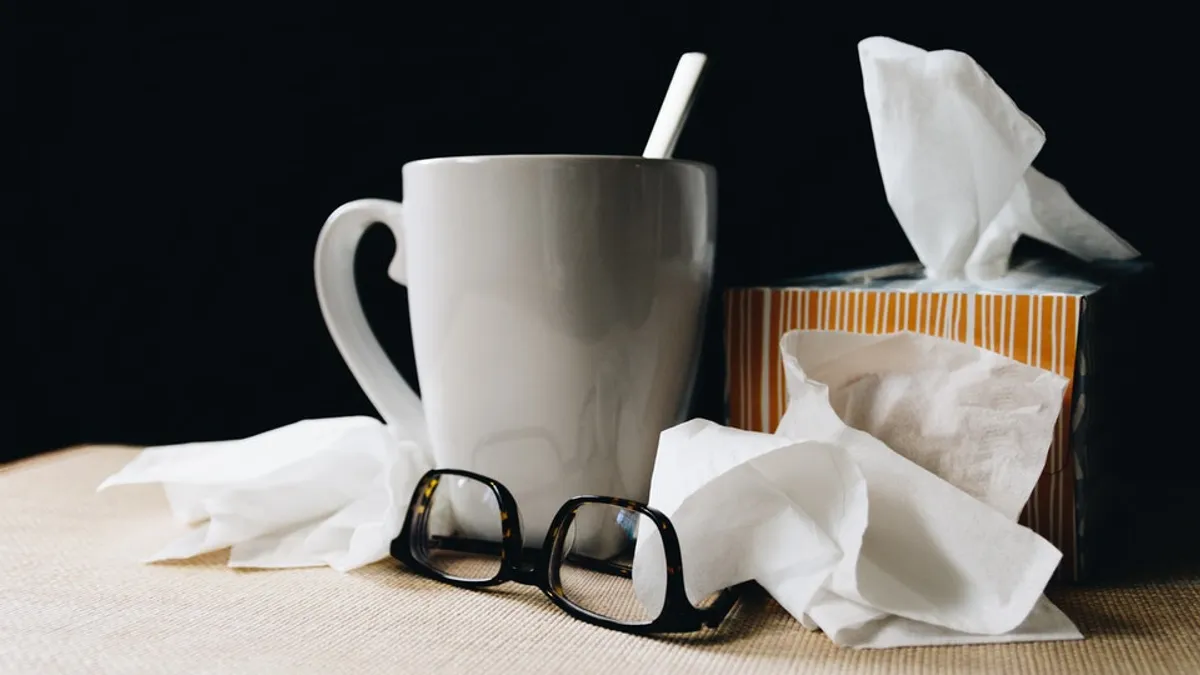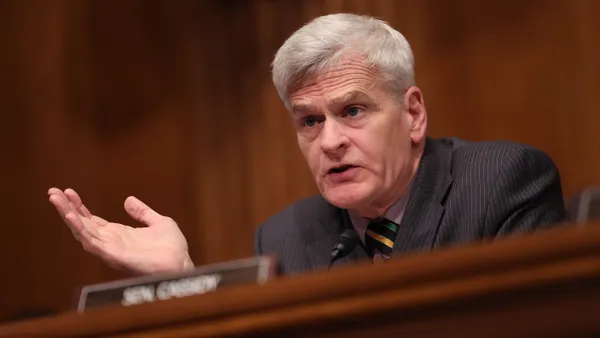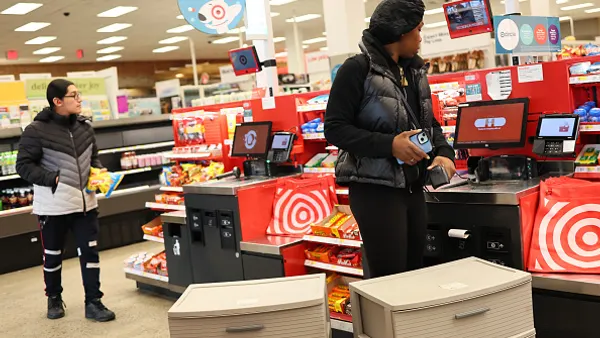Dive Brief:
- If employment numbers rise as predicted, reports of the flu may follow suit, according to a research study published in Economics & Human Biology.
- "The Effects of Employment on Influenza Rates" revealed that a 1 percentage point increase in the employment rate correlates with an increase in the number of flu-related doctor visits by about 19%. The study's researchers advised that if the economy is on an upswing, public health practitioners should plan for an above normal increase in flu incidence.
- Labor market-related activities, such as working in offices, using public transportation and carpools, and putting children in daycare, all spread the flu. "Our work suggests that employers should consider that one sick employee coming to work may lead to more sick employees later," Erik Nesson, study author and associate professor of economics at Ball State University, told HR Dive in an email. "Thus, it may be good for employers’ bottom lines to make sick-time policies more generous. But I think each employer needs to decide for themselves what their best sick-time policies are."
Dive Insight
Despite tough flu seasons and health advocacy from prominent organizations, many Americans are still going to work sick.
Industries with the highest levels of interpersonal contact — the healthcare and retail sectors — are more closely related to spreading the flu, Nesson said. In fact, a 2017 report published in the American Journal of Infection Control found that as many as 4 in 10 healthcare professionals have shown up at work with flu-like illnesses.
Participants in an October Robert Half survey offered reasons why they chose to go to work ill. The majority indicated that it’s due to a demanding workload (54%), while others preferred not to use a sick day (40%).
"Whether it's due to large workloads, pressure from the boss or because they can't afford to take time off, it's all too common for employees to come to the office feeling sick when they really should be resting," Michael Steinitz, senior executive director of Robert Half's Accountemps division, said in an October 2019 statement.
A company’s sick leave policy can encourage an employee to stay home, or deter them from doing so. For example, an investigation led by New York State Attorney General Letitia James’ office concluded that Starbucks maintained a sick leave policy that violated the New York City Paid Safe and Sick Leave Law.
The policy required employees to find a replacement when they used sick leave. If an employee failed to find that substitute, it could result in "corrective action, up to and including termination of employment." A settlement was announced in December 2019, with the Seattle-based company agreeing to pay $176,000.
Employers should review their sick leave policies as the December 2019 Walgreens Flu Index report released Jan. 6 shows increased flu activity compared to November and last season in most states and markets.












